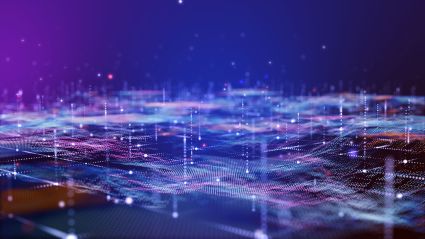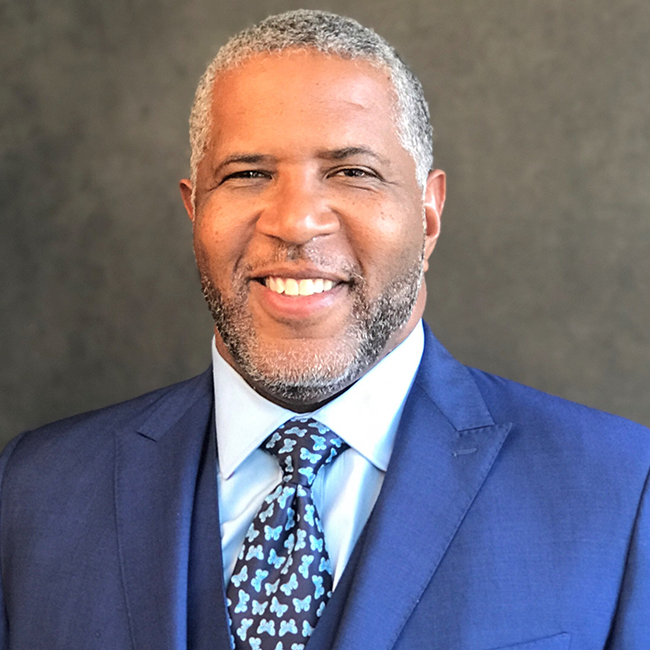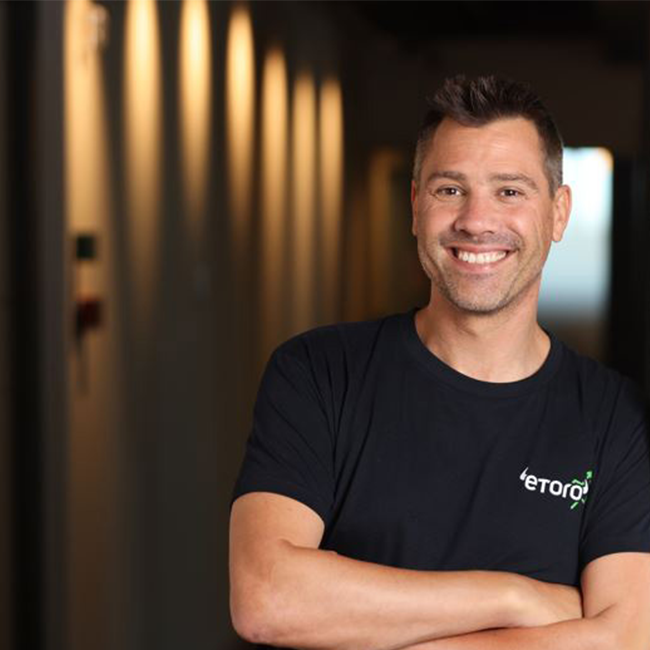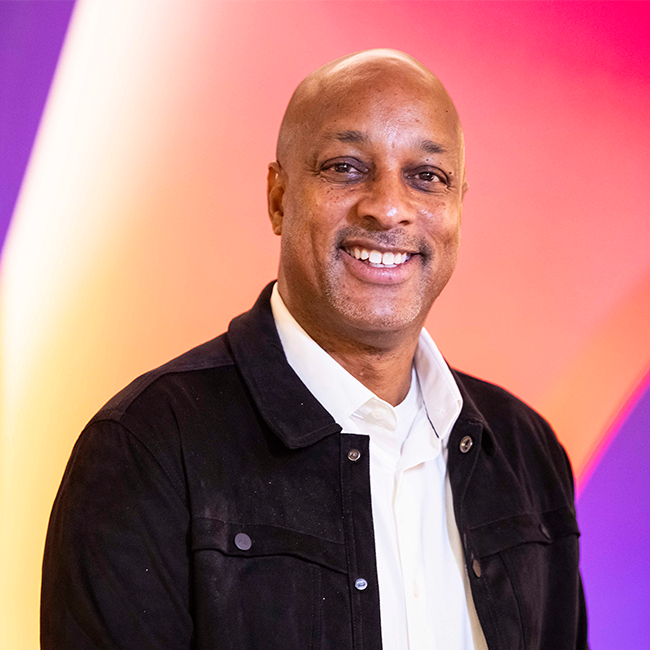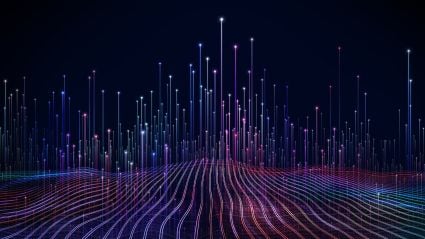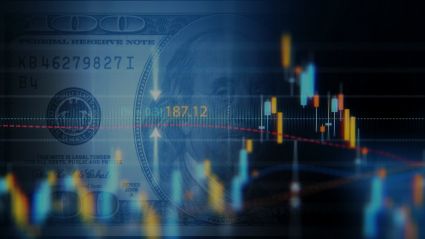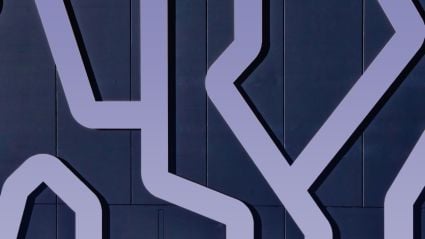
Soon after I started as the CEO of an artificial intelligence (AI) cybersecurity company, I became the subject of an AI cyberattack. Someone who had previously worked at our company received a voicemail, supposedly from me, asking him to click a link to schedule an urgent meeting. The deepfake audio was so convincing that, even as one of the world's foremost cybersecurity experts, he didn't dismiss it outright. This is the paradox we now face: Even as AI makes attacks more deceptive and dangerous, it also powers the next generation of technologies needed to counter them.
Last May, the FBI issued a warning about AI-powered attack vectors—hyper-personalized phishing emails, shape-shifting malware, and realistic audio and video—that even novice criminals can now create with relative ease. These threats are no longer science fiction; they're science fact. Last year, a Hong Kong finance executive transferred $25 million after a video call with what appeared to be their UK-based chief financial officer. The entire call—the faces, voices, and conversation—was faked with AI.
AI doesn’t just empower criminals to craft more dystopian attacks—it enables them to unleash those attacks at breathtaking speed and scale. Cybercrime, if it were a country, would have the world's third-largest economy at $8 trillion—behind only the US and China but growing faster than both. In November 2024, Amazon, which monitors roughly 25 percent of all internet IP addresses through its services, reported seeing nearly a billion attack attempts every day, up tenfold from just six months prior.
We've entered an era of Cyber Darwinism. Companies can't merely react to attacks or adapt slowly—they need to stay ahead. Fortunately, advanced defensive technologies are evolving alongside these threats, shifting the balance of power. Organizations can use AI to protect their people and systems, become cybersecure, and spend more of their time innovating and problem-solving rather than just surviving.
Attackers are always evolving, and with AI, they are faster and smarter than ever. This exposes a big problem with the reactive way security has worked for years: Wait for an attack, study it, then build defenses against similar attacks in the future. As attackers create new methods, we need security that looks forward rather than backward—protection that can spot and stop threats we've never seen before.
Companies can't merely react to attacks or adapt slowly—they need to stay ahead.
I saw this play out recently when our AI caught a sophisticated phishing email targeting a customer. The message looked like a legitimate CNN news alert about the meeting between President Trump and President Zelensky. Still, our AI identified several red flags: The sender's domain was only days old and had no prior communication history with the network, and their message, it turned out, contained a malicious video attachment. Our AI contained the threat and prevented potential damage in seconds.
This quick action is vital as companies use more connected devices and share more data. As our world becomes more linked together, a single phishing email or faulty software update can cascade into crisis, disrupting critical infrastructure and wiping billions from the global economy.
Companies that identify these threats before they become an issue see real financial and productivity benefits. A 2024 IBM report found that companies that use AI security tools extensively saved about $2.2 million in breach costs compared to those that didn’t. To put that in perspective, if a mid-size company reinvests those savings at even a modest 8 percent return, they'd generate an extra $13 million in five years and over $31 million in a decade.
This reality is why organizations should prepare for the possible risks of new technology as thoroughly as they plan for the reward. Ultimately, cybersecurity decisions are business decisions, and business decisions are cybersecurity decisions.
Darwin taught us that those who adapt to change survive. This principle applies equally to the digital world. But rather than having millennia to evolve, organizations facing cyber threats have only seconds. When an organization's defenses are quick and resilient enough, they can neutralize threats before they cause problems and make it too costly for cybercriminals to spend their time, money, and resources pursuing them. That way, instead of constantly defending innovation, organizations can focus on accelerating it.
After all, for most organizations, security isn't the end-all, be-all. It's the starting point for what's possible to enable progress and flourishing.

